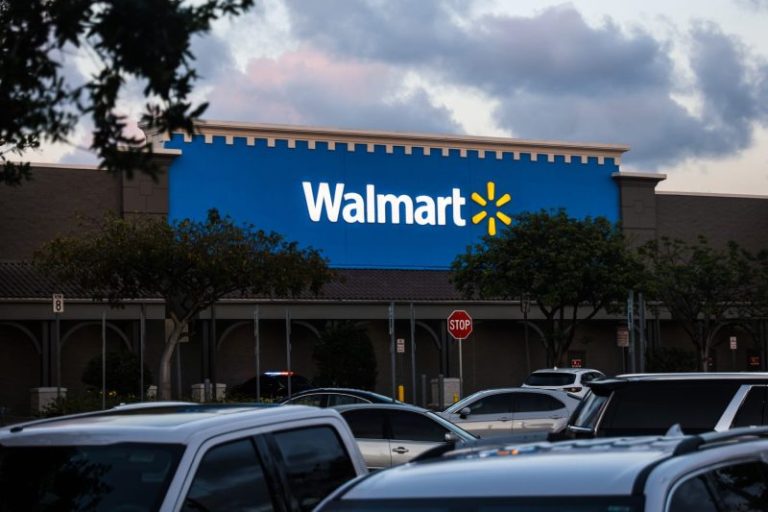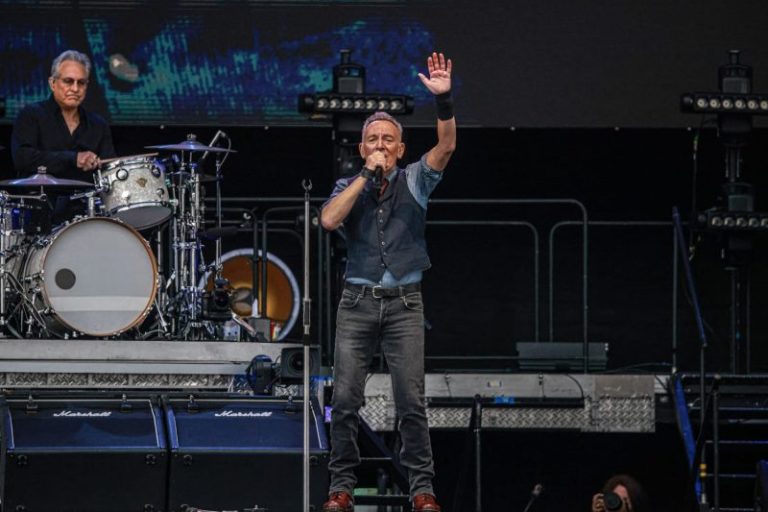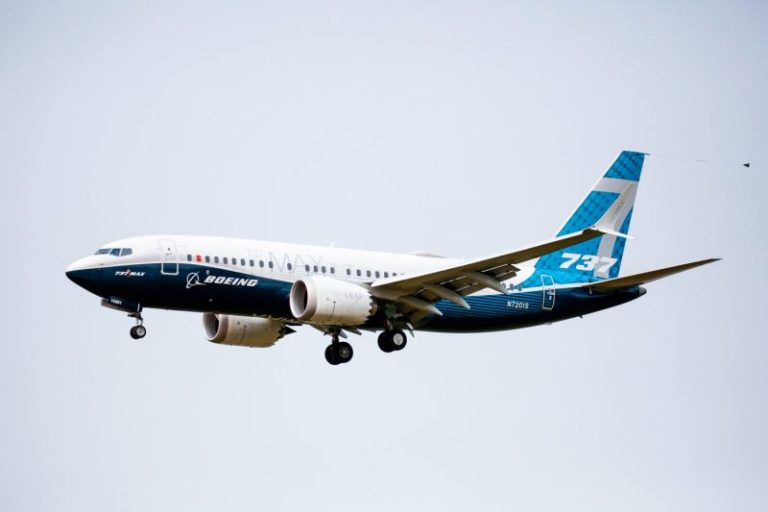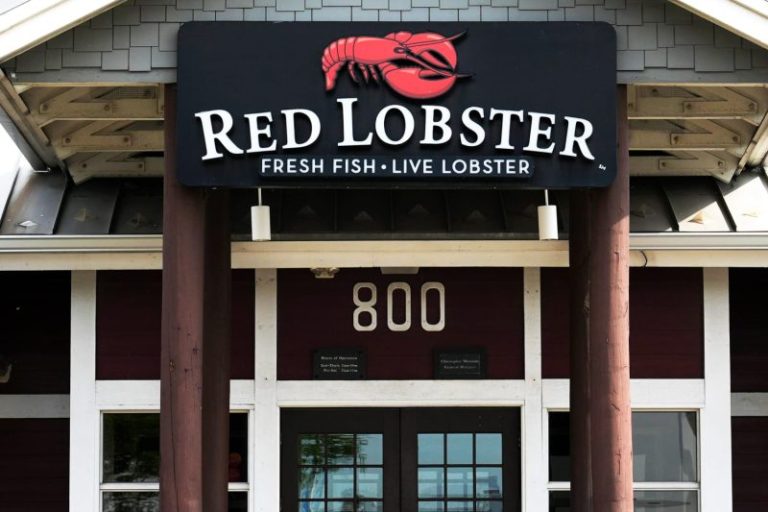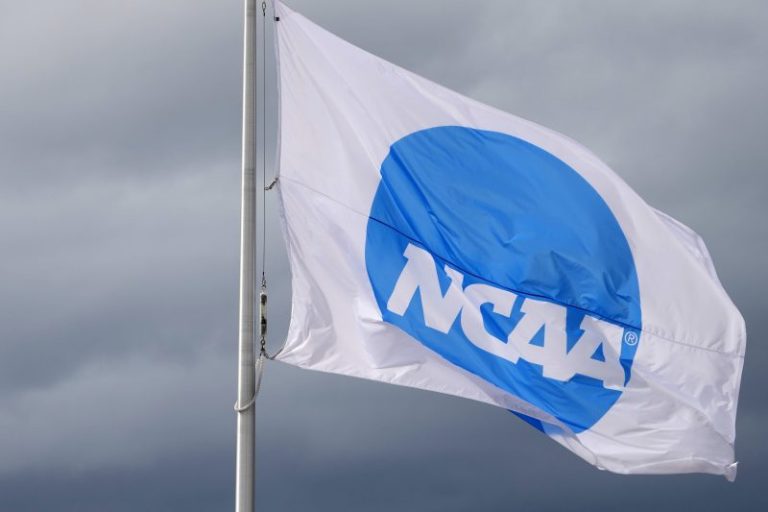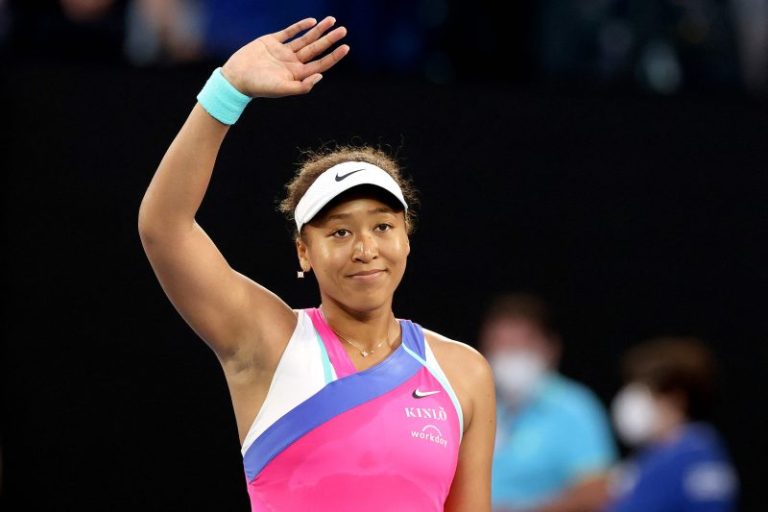The next frontier for the ad market isn’t on TV — it’s at screens near points of sale.
Television had long been the key target for advertisers, until tech companies such as Alphabet and Meta-owned platforms like Facebook began to gobble up market share. While ad dollars are rapidly shifting from traditional TV to streaming, retail and consumer product companies are now taking up a significant part of the mix.
The so-called retail media networks — the advertising publishing platforms — of e-commerce, retail and consumer companies like Amazon, Walmart and Kroger are attracting billions of dollars in advertising, according to data from eMarketer and GroupM, the media investment arm of WPP, the world’s biggest advertising group.
Global retail media ad spending is expected to more than double from $114.18 billion in 2023 to $233.89 billion in 2027, according to eMarketer. Retail media is expected to represent a larger percentage of digital advertising spending, which has begun to eclipse traditional media spending, growing from 18.9% of that segment in 2023 to 25.7% in 2027, according to eMarketer.
“What we hear from brands most directly is they no longer wake up with a recipe to buy X amount of TV, X amount of social, X amount of digital. They wake up every day trying to buy growth, trying to buy outcomes for their business,” said Sean McCaffrey, president and CEO of GSTV, an on-the-go media network with over 29,000 screens at refueling points tied to convenience retail stores.
GSTV screens reach 115 million viewers per month across 49 states.
Brands are “more open-minded as to where they can find those audiences,” McCaffrey said.
“It’s the new TV for mass reach advertising,” said Mark Boidman, head of media and entertainment investment banking at Solomon Partners. “If you want to reach someone fast, it’s best to get them in a store or on your app. … It’s a 360-degree approach.”
The kind of advertising purchased through retail media networks is often found on in-store displays and screens, websites, mobile apps, streaming services, smart TVs and social media. Not only is it fertile ground for an advertiser to get their offerings in front of consumers looking to spend, it comes with a lot of first-party data.
The amount of data that retailers have on customers — from one-time buyers to loyalists — is extremely valuable to advertisers who want to optimize their exposure.
“If [brands] advertise with a digital ad, for example, and a customer transacts a week later in a store or club, we can connect that up for them and let them know that the ad really worked,” Walmart CEO Doug McMillon told CNBC earlier this year. “That’s the differentiating advantage that we’ve got.”
Walmart has been a particularly big player. While it’s still a new frontier for the retailer, advertising has propelled profits at the giant retailer in recent quarters. The company also recently agreed to buy TV maker Vizio in a bid to further boost its ad business.
Of the companies eMarketer tracks, Amazon was considered the biggest retail media network in the U.S., with a roughly 75% share of retail media ad revenue. Other top networks by revenue include Walmart, Instacart, eBay and Etsy.
The shift toward retail media comes as advertisers are faced with tech privacy changes that has led to a pullback in the collection of data.
Earlier this year, Google began its revamp of how it and other companies track users online, namely the use of cookies, which keep tabs on the activity of internet users so that advertisers can target them with relevant ads.
In January, Google began to restrict cookies for 1% of its Chrome browser users, with the goal of completely removing third-party cookies by the third quarter of this year. Advertisers have been grappling with how to make the transition.
Advertising and media executives note that retail media networks now dominate conversations at conferences and other gatherings, such as the Cannes Lions advertising festival. It’s often a highlight on earnings calls, too.
″[Retail media networks] have that balance with targeting and privacy and compliance. I think that’s where the money really starts shifting,” Tim Hurd, vice president of media activation at Goodway Group. “I think that’s key. These retailers have that kind of data”
The rise of retail media ads comes against a backdrop of major shifts in the media landscape. Pay-TV customer numbers and traditional TV viewership (outside of sports) continue to decline as more viewers move toward streaming.
And although ad buying in digital and streaming is rebounding, traditional TV still lags. That much was clear in the first-quarter earnings reports of media giants like Comcast’s NBCUniversal and Warner Bros. Discovery.
Disney saw a first-quarter decline in ad revenue for its traditional cable networks and Hulu, despite an increase at cable crown jewel ESPN; Warner Bros. Discovery reported a drop in ad revenue; Paramount Global got an expected boost from airing the Super Bowl; and NBCUniversal’s domestic ad revenue was flat. Streaming ad revenue for the legacy media giants, however, showed growth.
Outside of tentpole moments on TV, such as the Super Bowl and other live sports, advertisers are now strategizing on multiple fronts and divvying up spending across TV, social media, e-commerce and digital, said Goodway Group’s Hurd.
“Linear TV advertising is still declining,” said Kate Scott-Dawkins, GroupM’s global president of business intelligence, noting the last decade has seen ad revenue shift from print and radio to TV and now toward digital.
Retail media revenue grew from less than $1 billion in the U.S. a decade ago to a projected $42 billion this year — or $129.4 billion globally, said Scott-Dawkins, citing GroupM’s data, noting that brand advertising budgets may not directly shift from traditional TV into on-site retail advertising.
She added traditional TV revenue may move to smart TVs, however, informed by the data on customer spending habits that retailers can provide.
Disclosure: Comcast is the parent company of NBCUniversal and CNBC.

